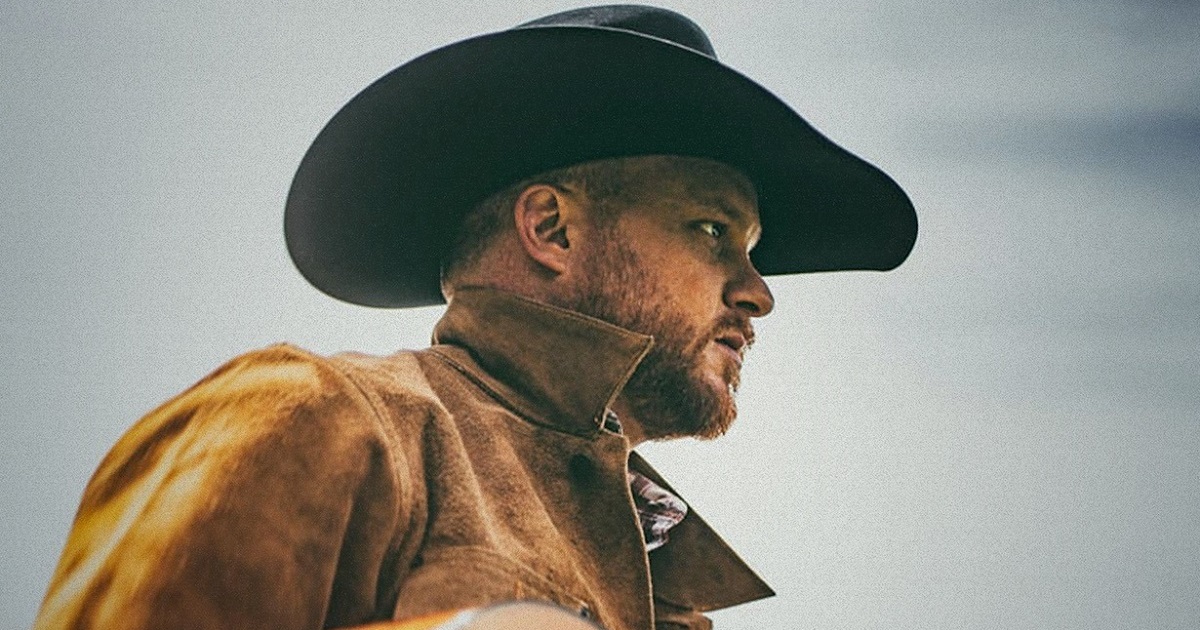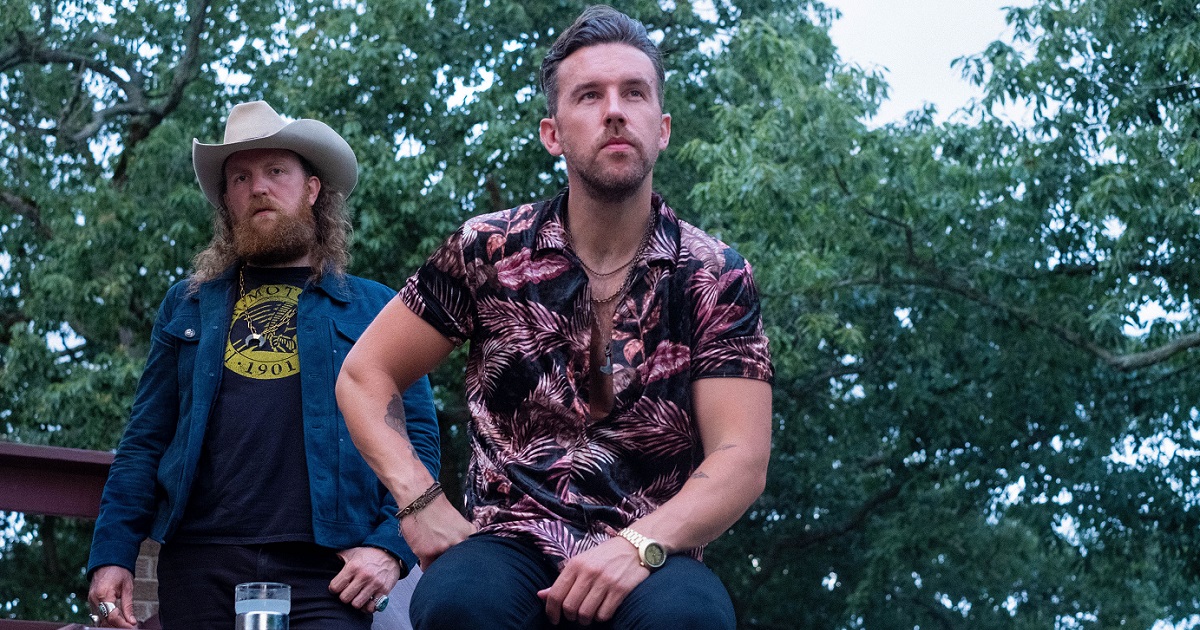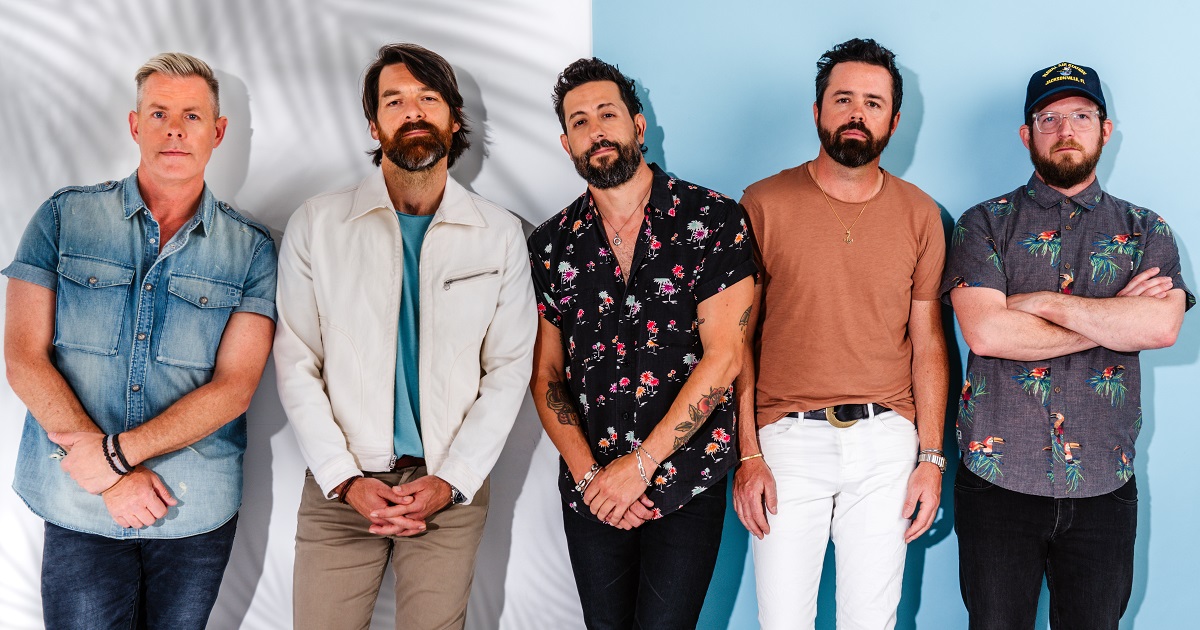It’s been exactly one year since the music world lost icon Merle Haggard, who died on April 6, 2016, on his 79th birthday from complications of double pneumonia. He had been in the midst of a concert tour when he was hospitalized in March 2016 and had to cancel several concert dates. Like the lifelong trouper that he was, Merle had hoped to resume his tour at some point. And that was Merle to the very end, not wanting to let down his fans, the common folks of America.
The enduring impact of Merle’s legacy is the appellation that’s often affixed to his name, “Poet of the Common Man.” No country singer who ever picked up a guitar or put down thoughts in song could aspire to anything higher.
On the one-year anniversary of his death, here are 11 Merle facts you may not know.
1. Merle was born in a train boxcar in 1937 that his father purchased in 1935 for $500. The tiny boxcar was moved from its original location in Oildale, Calif., in 2015 to the Kern Country Museum, where it has been refurbished for display. Guided tours begin on April 9.

2. Merle’s first career No. 1 single, “The Fugitive,” in 1967 was written by Liz Anderson and her husband Casey Anderson, the parents of country star Lynn Anderson. Liz has often noted that the song was inspired by the popular TV series The Fugitive, which starred David Janssen as a physician on the run from the law.
3. Merle made his acting debut in 1968 in Killers Three, a Western drama written by Dick Clark. Merle played a sheriff in the movie and sang his No. 1 smash, “Mama Tried.” Merle also appeared on one episode of the television miniseries Centennial.
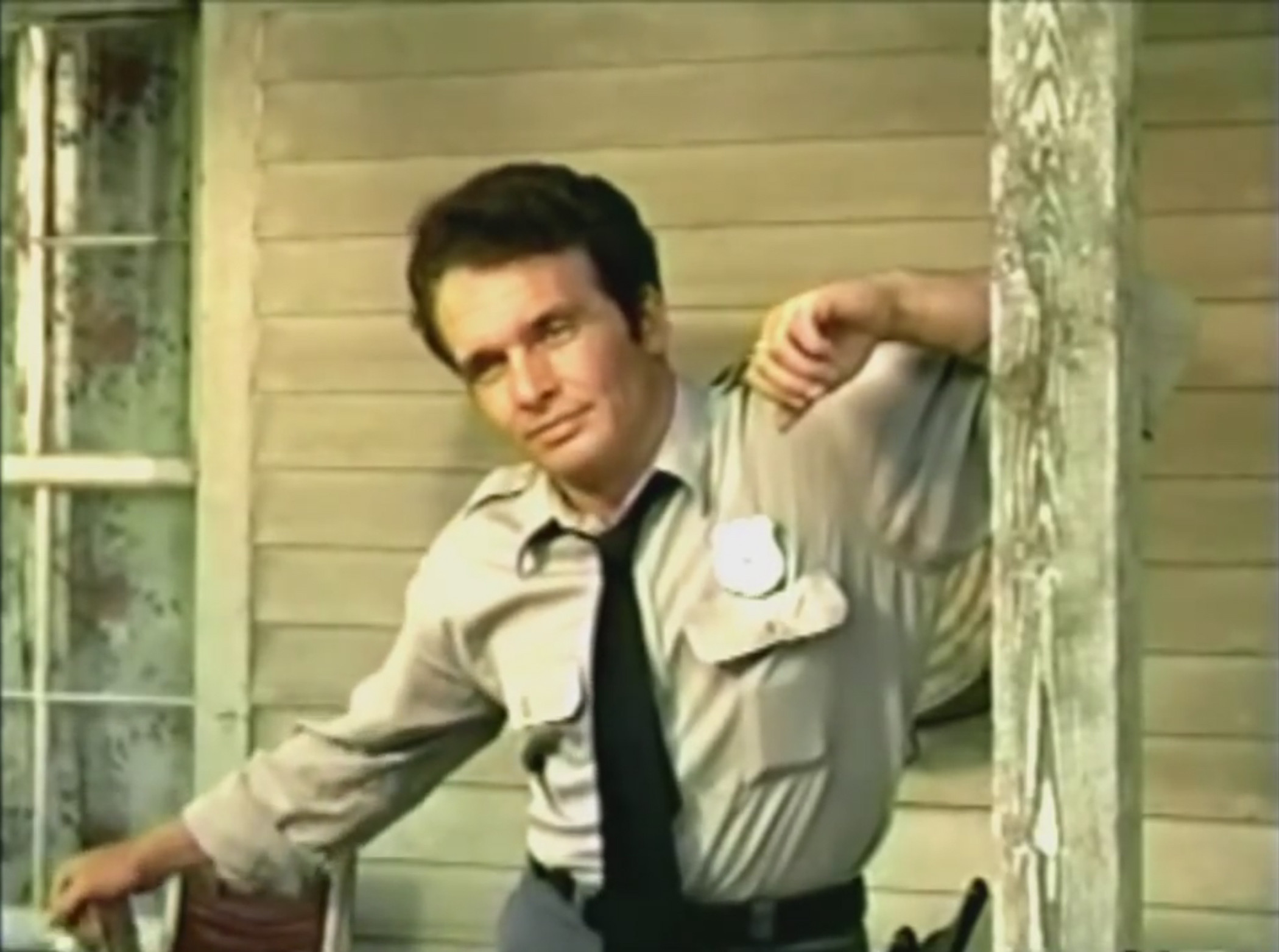
4. Merle has graced the covers of several publications throughout his career. One of his more publicized was his appearance on the cover of the May 6, 1974, issue of TIME magazine. Merle served as the representative of the cover story titled, “Country Music: Songs of Love, Loyalty & Doubt.”

5. Crooner Dean Martin was likely a bit out of his element when he recorded Merle’s tune, “I Take a Lot of Pride in What I Am.” Dean’s version only made it to No. 75 on the pop charts.
6. Many of Merle’s tunes have made their way into movie soundtracks, including his 1982 No. 1 “Big City” in the darkly humorous Fargo, “Mama Tried” in the 2003 film Radio and “Swingin’ Doors,” which appeared in the Oscar-winning Best Picture of 2005, Crash.
7. Merle’s duet partners have included everyone from Willie Nelson and George Jones to Jewel, Janie Fricke and even the iconic actor/director Clint Eastwood, who teamed with Merle on the 1980 No. 1, “Bar Room Buddies.” Merle’s best-loved collaboration remains the 1983 No. 1 with Willie, “Pancho and Lefty.”
8. Merle wrote most of his songs, but certainly not all of them. His 1975 No. 1 single, “Kentucky Gambler,” was written by none other than Dolly Parton.
9. An all-star band comprised of the members of Diamond Rio, Steve Wariner and Lee Roy Parnell recorded a version of Merle’s classic “Workin’ Man’s Blues” in 1994.
10. Merle evidently harbored a certain fascination with the word “strangers.” It’s appeared in his first Top 10 hit “(My Friends Are Gonna Be) Strangers” and “We’re Strangers Again,” his duet with Leona Williams. Strangers is also the title of his debut album. Plus, Merle’s backing band is named The Strangers.
11. Among Merle’s slew of honors: Country Music Association Entertainer of the Year in 1970, election to the Country Music Hall of Fame in 1994 and a Grammy lifetime Achievement award in 2006.
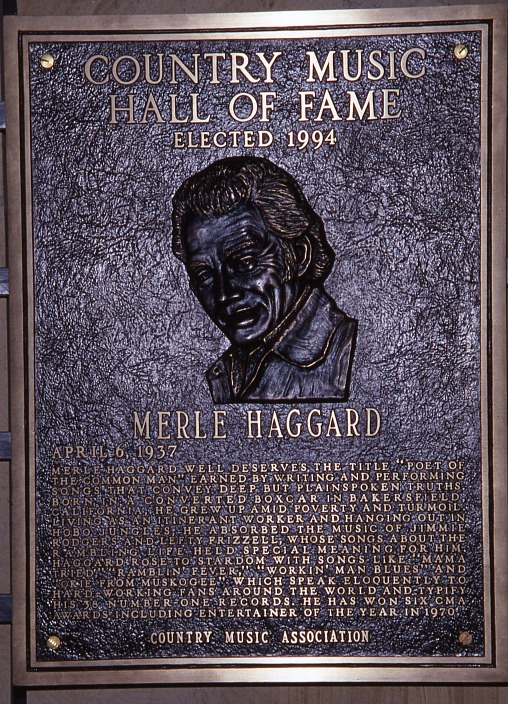
main image courtesy Myriam Santos












